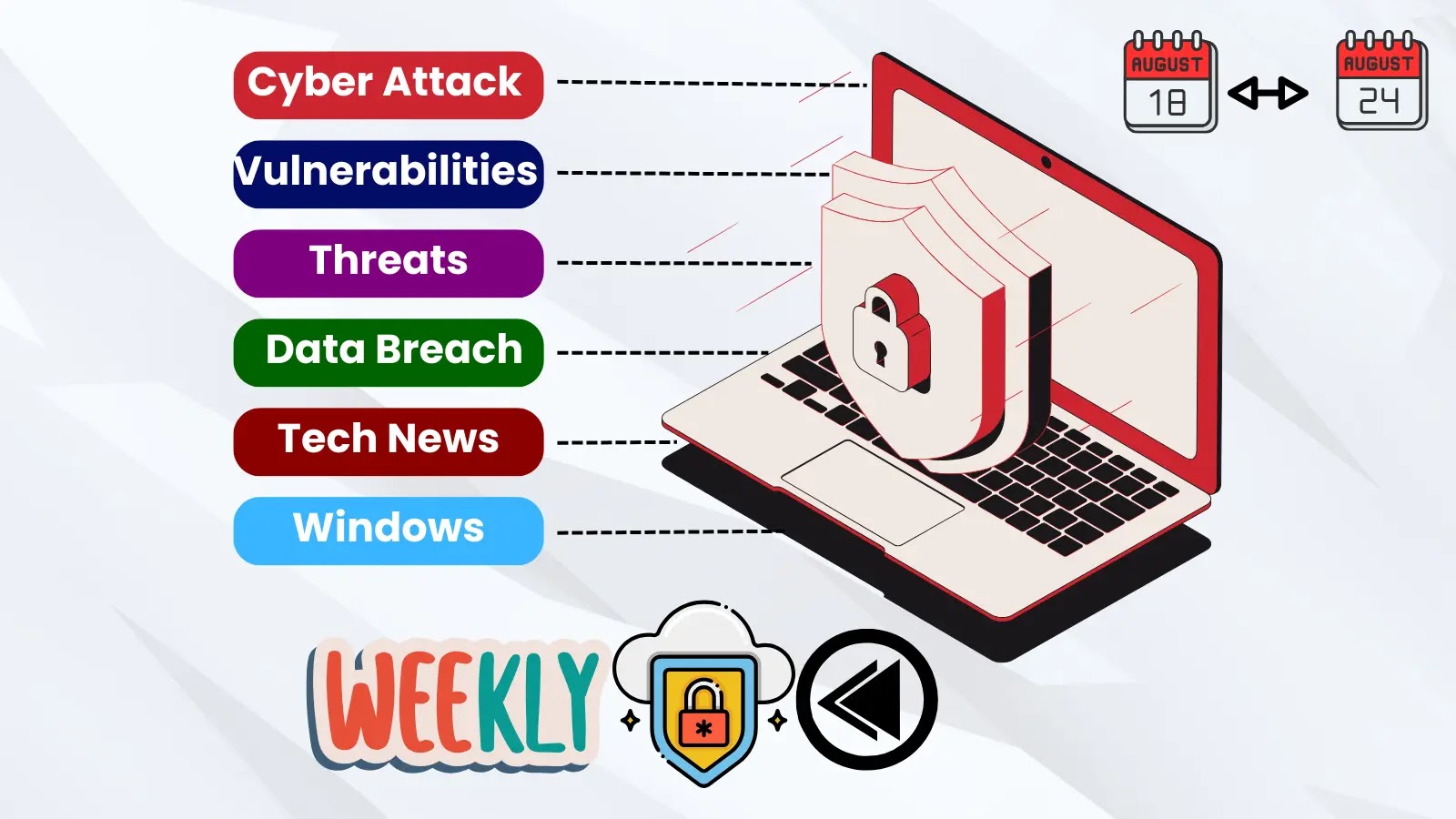
Weekly Cybersecurity News Recap : WhatsApp, Chrome 0-Day, AI Ransomware and Cyber Attacks
The digital landscape consistently presents new challenges. Every week, individuals and organizations face evolving cyber threats that demand heightened awareness and proactive measures. From everyday communication platforms to essential web browsers, the attack surface continuously expands, underscoring the critical need for constant vigilance. This edition of our weekly cybersecurity news recap highlights significant vulnerabilities and attacks, including critical updates concerning WhatsApp, a Chrome zero-day, advancements in AI-driven ransomware, and broader cyber attack trends.
WhatsApp Vulnerabilities: A Communication Security Concern
Recent reports have brought to light significant security flaws within WhatsApp, a widely used communication application. These vulnerabilities, if exploited, could potentially jeopardize user data privacy and communication integrity. While specific CVEs were not detailed in the source, such issues typically involve remote code execution (RCE) or information disclosure risks. It’s crucial for all users to keep their WhatsApp application updated to the latest version to mitigate potential exploit attempts.
Remediation Actions:
- Regularly check for and apply the latest WhatsApp updates through official app stores.
- Exercise caution when clicking on suspicious links received via WhatsApp.
- Enable two-factor authentication (2FA) for added account security.
Chrome Zero-Day: Bridging Browser Security Gaps
A significant zero-day vulnerability in Google Chrome, designated as CVE-2023-4863, has been actively exploited in the wild. This critical vulnerability, associated with a heap buffer overflow in the WebP image format’s VP8 codec, allowed attackers to execute arbitrary code. The rapid deployment of a patch by Google highlights the severity and immediate threat posed by such vulnerabilities.
Remediation Actions:
- Update Google Chrome immediately to the latest version. For users on stable channel, the fix was included in version 116.0.5845.187 for Mac/Linux and 116.0.5845.187/.188 for Windows.
- Enable automatic updates for your browser to ensure timely patch application.
- Consider implementing Content Security Policy (CSP) headers on web applications to limit the impact of client-side vulnerabilities.
Detection and Mitigation Tools for CVE-2023-4863
| Tool Name | Purpose | Link |
|---|---|---|
| Google Chrome (Latest Version) | Mitigation via patching | Official Download |
| Vulnerability Scanners (e.g., Nessus, OpenVAS) | Detect unpatched Chrome installations | Varies by product |
| Endpoint Detection and Response (EDR) Solutions | Monitor for suspicious activity post-exploitation | Varies by product |
The Rise of AI Ransomware: A New Threat Vector
The integration of Artificial Intelligence (AI) into ransomware operations represents a concerning evolution in cyber warfare. AI can be leveraged by threat actors to automate various stages of an attack, from initial reconnaissance and phishing campaign generation to adaptive evasion techniques and targeted extortion. This potentially makes ransomware attacks more efficient, personalized, and harder to detect. While the reference noted this as a growing threat, specific attack instances utilizing AI were not detailed.
Mitigation Strategies:
- Implement robust AI-driven threat detection systems within your security infrastructure.
- Educate employees on the dangers of sophisticated phishing and social engineering attacks, which can be enhanced by AI.
- Maintain comprehensive and tested backup strategies, ensuring data can be restored effectively.
- Utilize endpoint protection platforms (EPP) with behavioral analysis capabilities to detect anomalous AI-generated activity.
- Segment networks and apply the principle of least privilege to limit lateral movement.
Broader Cyber Attack Landscape: Persistent and Evolving
Beyond specific vulnerabilities, the broader cyber attack landscape continues to demonstrate adaptability and persistence. Attackers are constantly refining their methodologies, whether through sophisticated phishing campaigns, supply chain attacks, or exploiting known but unpatched vulnerabilities. The common thread is the adversary’s relentless pursuit of valuable data or operational disruption.
General Cybersecurity Best Practices:
- Regularly conduct security awareness training for all personnel.
- Implement strong access control measures, including Multi-Factor Authentication (MFA) everywhere possible.
- Perform regular vulnerability assessments and penetration testing.
- Maintain an up-to-date inventory of all assets and their security posture.
- Develop and regularly test an incident response plan.
- Stay informed about the latest cyber threat intelligence.
The past week underscores the dynamic and challenging nature of cybersecurity. From critical browser zero-days to the alarming progression of AI in ransomware, vigilance and proactive security measures remain paramount. Staying informed about the latest threats and diligently applying security updates are foundational steps in defending against an ever-expanding array of cyber risks. Organizations and individuals must prioritize robust security practices to navigate this complex digital environment safely.





